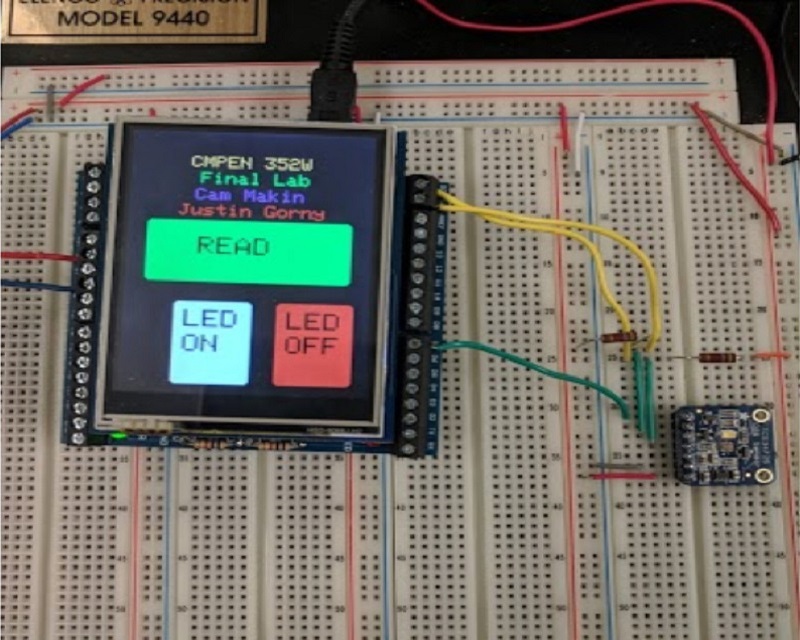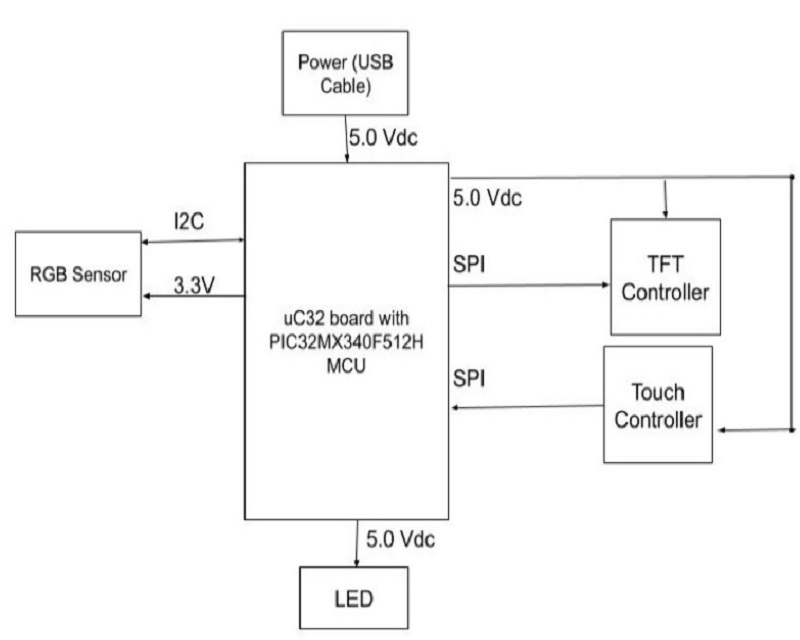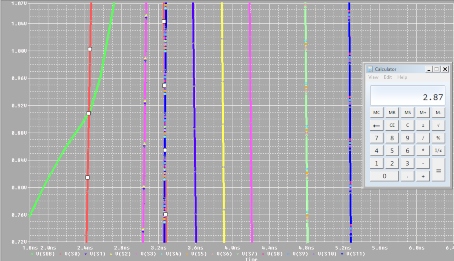Color Sensor
My final project in my embedded systems class my lab partner and I decided that we wanted to display our abilities to come up with our own project idea, purchase necessary materials, build, and demonstrate our final deliverable. Browsing online shops, we came across the Adafruit RGB Color Sensor with IR filter and White LED TCS34725. Inspired by the low cost and familiar communication protocol I2C, we decided to create an application that would sense a color and then show the same color on a display. Upon delivery, we quickly soldered the pins onto the sensor and began trying to communicate with it. Considering the very few number of pins on the device, it was simple to physically connect it to the MCU. The first true roadblock we came across was our inability to communicate with the device. We had a lot of trouble sending data or reading back. After lots of troubleshooting, we discovered that the datasheet had improperly defined the registers we needed for communication to the device. Once we found out the proper registers to be reading and writing from, creating the display was simple. Overall, the project went smoothly. As you can see, on the display there is a small circle which updates with the color sensed. It was found that using the onboard LED helped a lot with more accurate color recognition.













